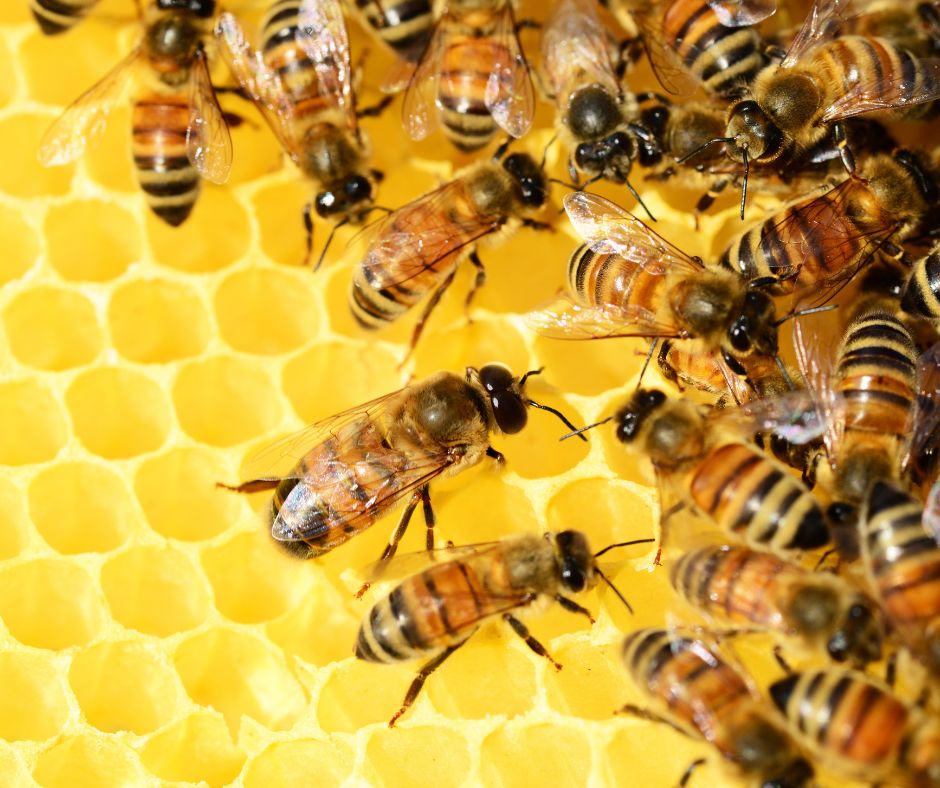Neighborhood Residential Pest Control Service in Port Charlotte
Neighborhood Residential Pest Control Service in Port Charlotte
Blog Article
Comprehensive Overview to Comprehending Insect Control Methods and Their Treatment
Comprehending pest control techniques is vital for reliable administration of undesirable microorganisms that position risks to wellness, farming, and building. What factors should be thought about when picking the appropriate pest control technique for a details circumstance?
Introduction of Pest Control Methods
Pest control techniques incorporate a variety of methods developed to take care of and get rid of unwanted microorganisms that can hurt human health, farming, and residential or commercial property. Effective insect administration is vital for keeping the honesty of ecological communities and guaranteeing the security of food supplies. These techniques can be extensively classified into three key methods: social, mechanical, and organic controls.

Social control involves customizing farming methods or ecological problems to reduce insect facility and recreation. This technique includes plant turning, hygiene, and selecting pest-resistant plant selections. Mechanical control relies upon physical obstacles or devices to stop bug accessibility or straight eliminate them. Instances include catches, internet, and hand-picking harmful insects.
Organic control makes use of natural killers, bloodsuckers, or microorganisms to manage pest populations. This method emphasizes environmental balance and can include presenting valuable pests, such as ladybugs or predatory nematodes, to manage insect visibility.
Integrated bug management (IPM) incorporates these methods, making use of an all natural strategy that stresses prevention, tracking, and responsible management. By using a mix of these methods, pest control can be more sustainable and efficient, reducing reliance on chemical interventions while safeguarding human wellness and the setting.

Chemical Bug Control Solutions
A range of chemical bug control options are offered, offering reliable choices for handling pest populaces when various other techniques may fail. These services mainly include insecticides, herbicides, fungicides, and rodenticides, each created to target certain parasites while decreasing injury to non-target organisms.
Pesticides are especially efficient versus a series of bugs, including ants, roaches, and termites, and can be categorized as get in touch with or systemic agents. Contact pesticides eliminate insects on get in touch with, while systemic pesticides are absorbed by plants, making them hazardous to pests that feed upon them. Herbicides are made use of to regulate unwanted greenery, whereas fungicides are vital for managing fungal conditions that can damage crops and ornamental plants.
Rodenticides, created for rodent control, are readily available in numerous solutions, including baits and tracking powders. It is crucial to follow label directions diligently to guarantee safety and efficiency. In addition, incorporated pest administration (IPM) concepts ought to be employed, combining chemical options with social, mechanical, and organic approaches for lasting bug control. This alternative technique not just boosts pest administration effectiveness but also decreases prospective environmental effects linked with chemical usage.
Organic Parasite Control Methods
Biological pest control strategies use an eco-friendly option to chemical methods by making use of all-natural predators, parasites, or virus to take care of insect populaces. This approach leverages the ecological partnerships between microorganisms, promoting a balanced ecological community while lessening chemical residue in the environment.
Among the most usual organic control methods involves the introduction of all-natural adversaries. Ladybugs are utilized to regulate aphid populations, while parasitic wasps can target caterpillars and various other insects. These natural killers properly lower pest numbers without harming helpful bugs.
Additionally, microbial agents such as bacteria, fungis, and infections are used to infect and kill certain parasites. Bacillus thuringiensis (Bt), a normally occurring germs, is extensively utilized to manage caterpillars and various other larvae, showcasing the effectiveness of microbial bug control.

Physical and Mechanical Approaches
Frequently employed in integrated parasite monitoring strategies, physical and mechanical approaches function as efficient tools for controlling pest populaces without making use of chemicals. These strategies depend on physical obstacles, catches, and various other mechanical devices to stop or eliminate pests, making them eco pleasant options.
Physical methods consist of using barriers try here such as insect netting, displays, or row covers that literally obstruct bugs from accessing plants. This is especially valuable in agricultural settings where plant defense is necessary. Additionally, environment manipulation, such as getting rid of debris and standing water, can reduce parasite reproducing sites, thus reducing invasions.
Mechanical approaches encompass catches, which can be made to capture specific insects. Sticky catches and scent catches are common instances that lure and keep pests, assisting in monitoring and control. Vacuuming is an additional mechanical approach, reliable for removing parasites from interior settings, particularly in cases of invasions.
Preventative Parasite Monitoring Methods
Reliable preventative insect administration approaches are crucial for preserving healthy and balanced atmospheres and minimizing pest-related problems prior to they develop (Pest Control in Port Charlotte, FL). These methods focus on positive steps that decrease the possibility of parasite problems by resolving the origin

One more crucial strategy includes correct landscape design practices (Pest Control in Port Charlotte, FL). Maintaining greenery cut and far from buildings can lower harborage areas for parasites. Carrying out incorporated parasite administration (IPM) methods that consist of keeping an eye on pest populations and employing biological controls can cultivate a well balanced community that normally subdues pest numbers.
Education and learning and training for staff and homeowners on recognizing early indicators of pest activity are look at this now likewise crucial components of an efficient preventative program. By cultivating an environment of understanding and alertness, organizations and home owners can considerably enhance their bug management initiatives and secure their spaces against future infestations.
Final Thought
Using an Integrated Parasite Administration (IPM) framework allows for the lasting administration of insects while minimizing ecological great site impact. Ultimately, a comprehensive understanding of these diverse pest control techniques is crucial for achieving effective end results in insect administration campaigns.
Report this page